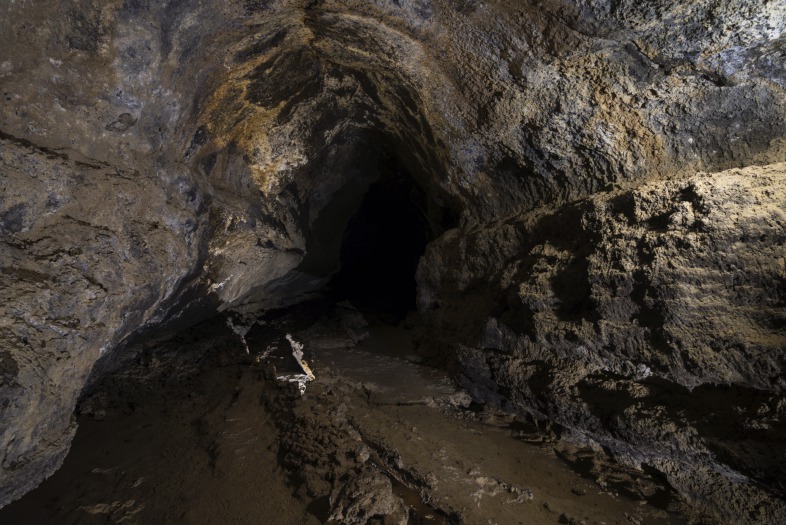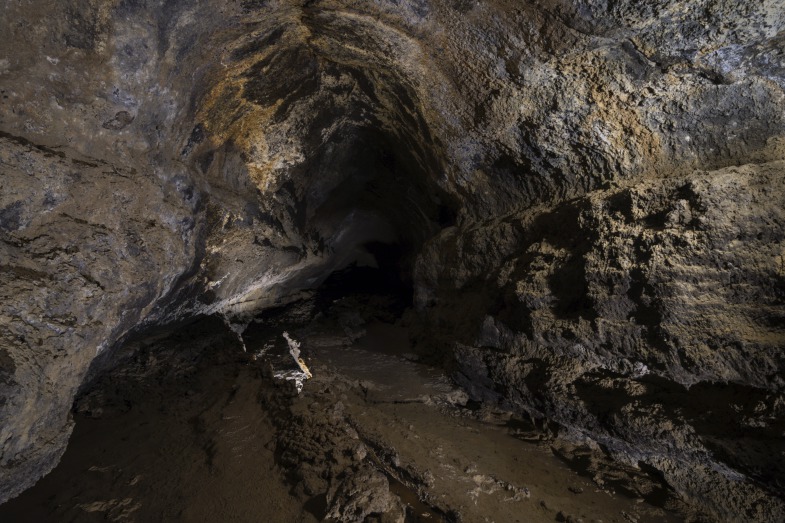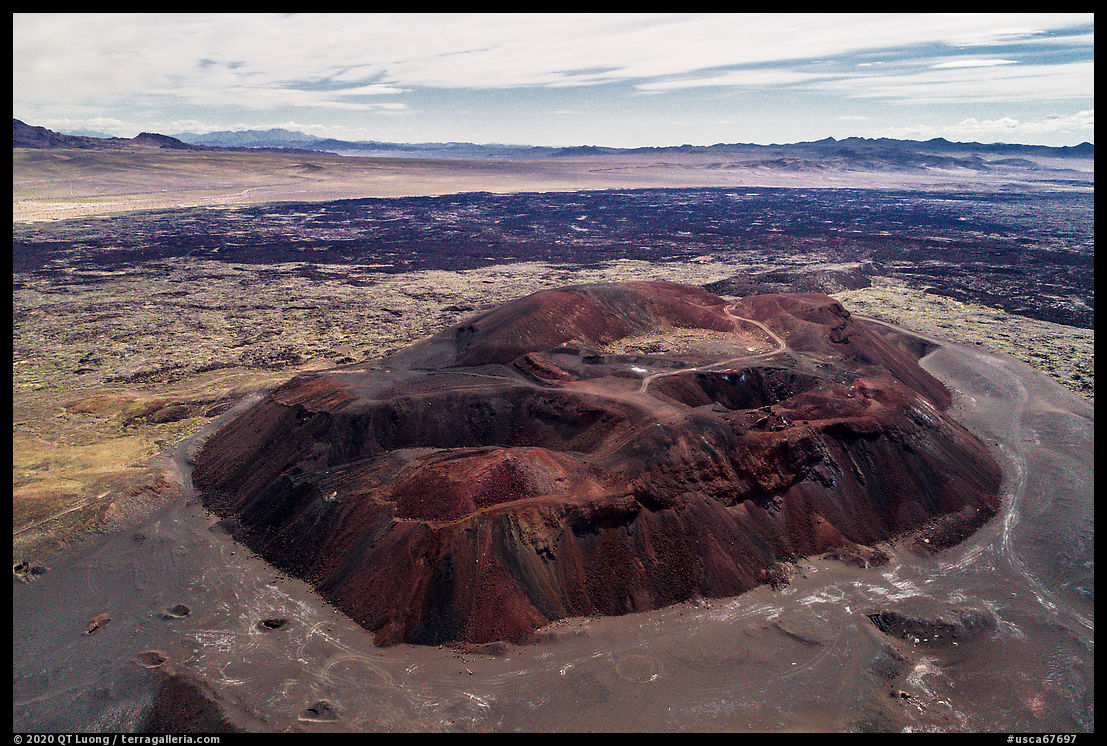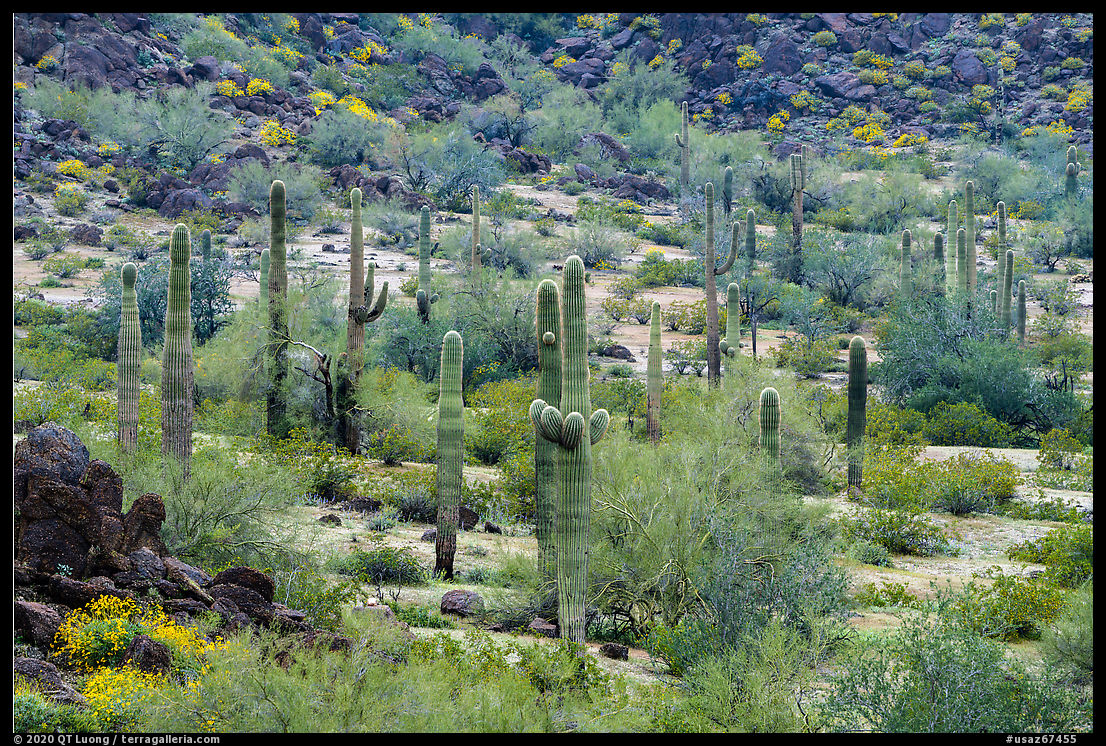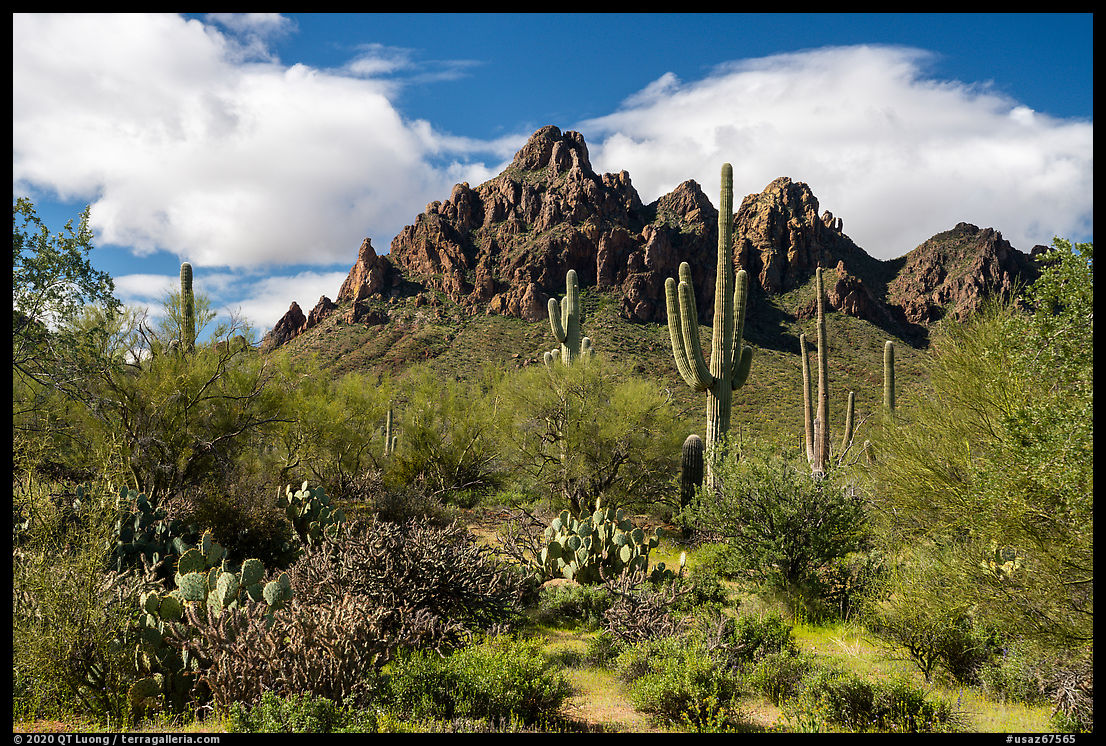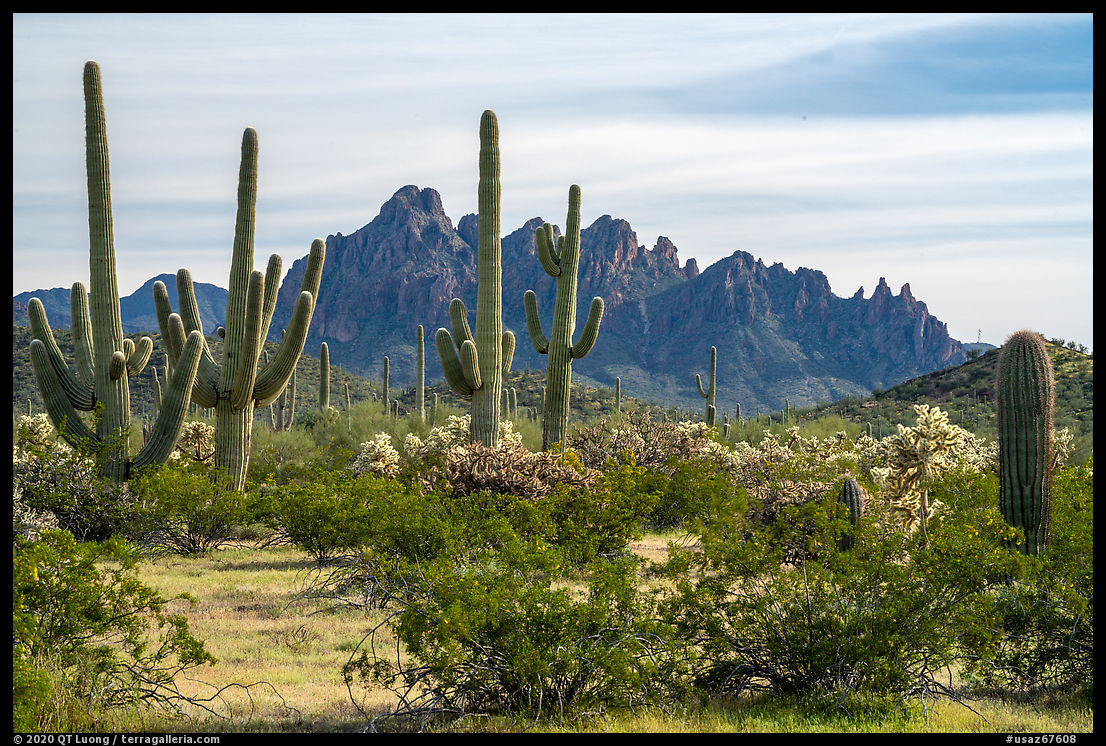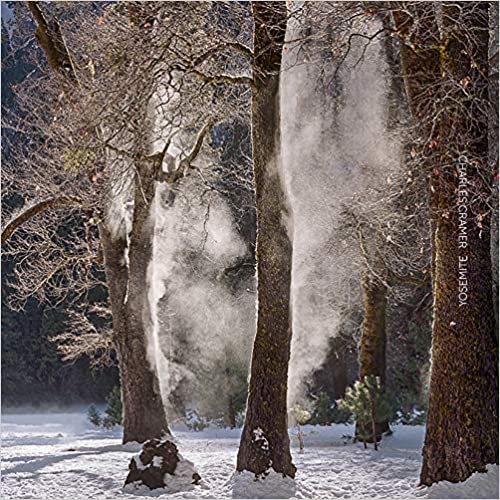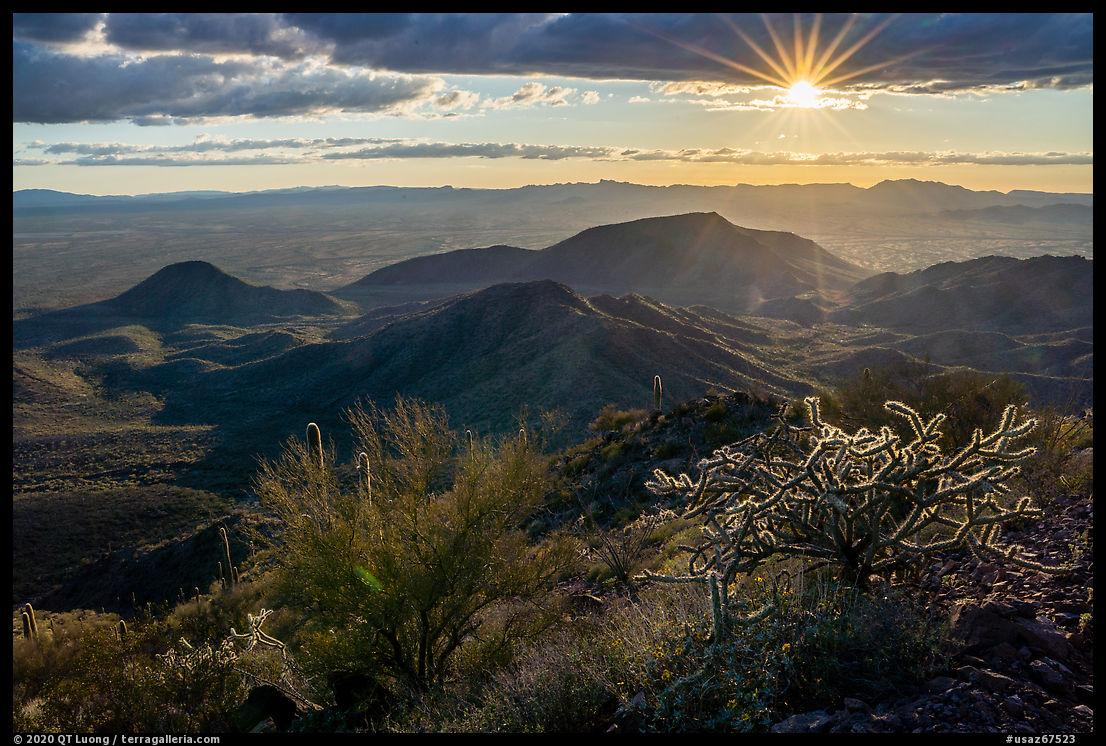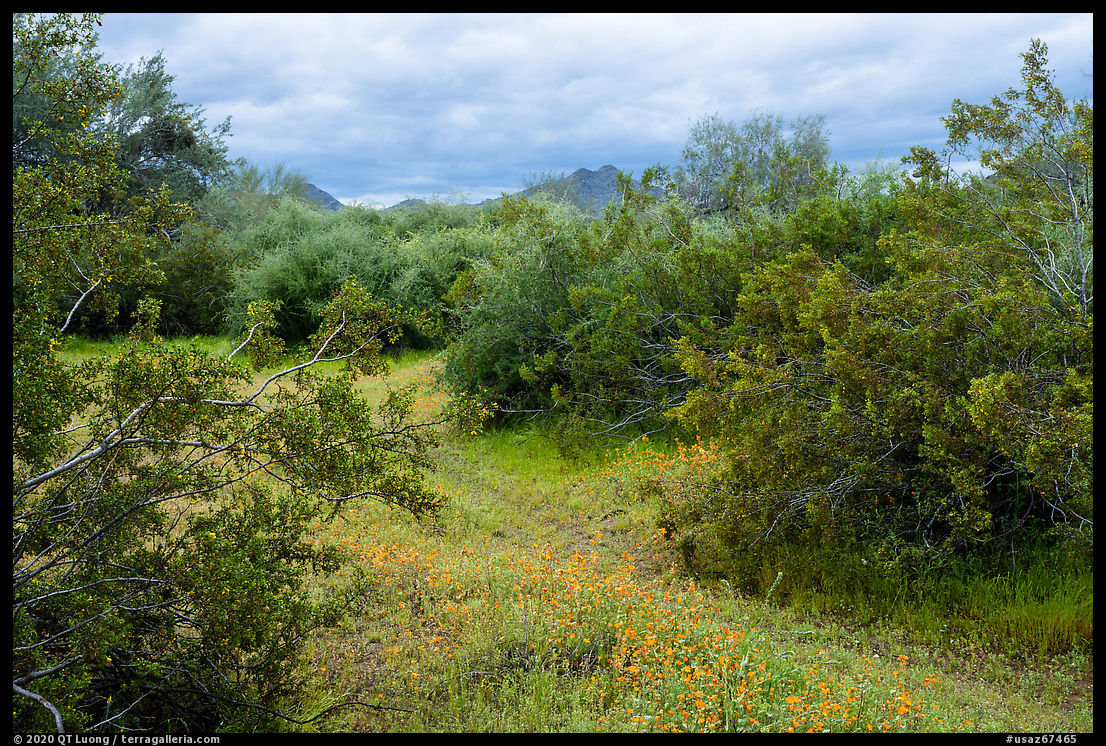Searching for Falling Man and Newspaper Rock

There are more than two thousand archeological sites in the monument. Signs of the way early humans adapted to this harsh desert are observed as agave roasting pits, alcoves with blackened roofs, pottery shards, but the most impressive artifacts are the more than 400 petroglyphs panels. Besides being a national treasure, they represent sacred ancestral history to the native people, so please don’t touch the petroglyphs, which are damaged by oils on our hands.

To get to the Falling Man Site from Whitney Pocket, drive back north for 1.4 miles, turn left (southwest) into the unpaved and narrow Black Butte Road and continue for 1.9 miles to a parking area with a fenced trailhead. That road is rough enough that I engaged 4WD on my first visit. The guidebook instructed to walk 0.3 miles to the Falling Man petroglyph. After the first 0.2 miles on a well-used trail, I arrived at an amphitheater of rocks and was disappointed to only find a few faint petroglyphs before it was time to move on. In hindsight, I shouldn’t have expected to find the major petroglyphs without better directions. For instance, Kenneth Clarke, the author of a book about rock art in Nevada, needed at least three trips to locate the two panels in this post. His article contains also useful historic information and conservation guidelines.

On my second visit with a regular car, although I kept ready to turn around, I reached the parking area almost without scrapping my car’s undercarriage on rocks. Because of my failure in locating the petroglyphs the first time, I had loaded in my GPS app (reviews) a set of coordinates provided by ecologist and environmental activist Jim Boone at his website birdandhike.com, the definitive resource on the desert around Las Vegas. I am not generally a big fan of providing coordinates, but if someone who is a steward of the area is willing to do so, who am I to decline? Once in the field, I regretted not to have also downloaded the photos and directions. Once you get to the end of the trail, the open terrain gives way to a jumble of rocks, where you need to scramble up and down, and although the area is quite small, it is chaotic enough that I had trouble to orient myself. In particular, the easiest route to the Falling Man goes through a non-intuitive small rock tunnel. Instead, I went around the rock wall, down a gully, and then up a steep slope to rejoin the ledge where the tunnel ends.

By that time, it was late afternoon. The Falling Man petroglyph was in the shade, but the high dynamic range of the Sony made it possible to try to include it in the context of its landscape in a single exposure. In order to give more prominence to the petroglyph in the wide-angle photograph, the camera had to be close to it, and since the petroglyph is located high on the wall, my tripod was not tall enough, which would have made HDR a bit more difficult. I used the tilting back LCD and strenuously held the camera above my head, positioning it right in the penumbra of the cliff’s edge so that a sun star would be formed.


Afterward, I began to look for the Newspaper Rock panel. Although my GPS indicated that it was only 200 feet away, when I went looking for it in a direct line I found myself staring down a small cliff. I downclimbed into a small adjacent canyon to try to approach it from the north at the bottom, but could not locate any petroglyphs. With little sunlight left, I wandered around to look for other petroglyphs, that I photographed just as the sun was setting over the horizon, and then went back to the trailhead, not wanting to be caught in the jumble of rocks at night. I was initially planning to look again for the panel the next morning, but once back to the trailhead, noticing the almost full moon and how close the Falling Man glyph was from the trailhead, after eating a little, I decided to give it another try by flashlight in the late evening.

This time, after making my way back to the Falling Man, I tried to approach the presumed position of the Newspaper Rock from the south. Since the area is full of cliffs, this lead me to a circuitous route along a ledge, through an amphitheater of rocks with some petroglyphs, down a ramp with depressions carved by water, and then a dry wash. Approaching the marked point, I was elated to at last see the panel, carved on the face of a huge boulder. Previously, I had been almost on the top of that boulder, and then on the other side of it. Many archeological sites have a Newspaper rock, but this one of best I have seen, with its multitude of petroglyphs clearly etched. I particularly liked that rather than being on the face of a cliff, the panel was stretching for the entire length of a boulder’s face. With the full moon, when exposed properly, the photograph almost looked like daylight. But unlike during daylight, I could easily modify the light. I used a lantern to fill-in the shadow cast by the boulder’s top, creating a glow to emphasize the panel. Later, as clouds began to arrive, not only they helped animate the sky, by obscuring the moon they helped create a darker, more nocturnal mood, and I made the panel stand out more by increasing its relative brightness.


Having determined that the panel faces south, but that the sun would not reach it until maybe an hour after sunrise, the next day I headed straight to the Newspaper rock while it was still night, with the goal to photograph mostly in the pre-dawn light. The pre-dawn sky was not as colorful as I had hoped, with only a very faint earth’s shadow, however by using the lantern I was able to create color contrast that went from strong to subtle as the daylight grew brighter. This ancient art was so much more powerful in the wild than it would have been encased in a museum. As the sun rose behind, I felt a profound sense of sacredness.


























